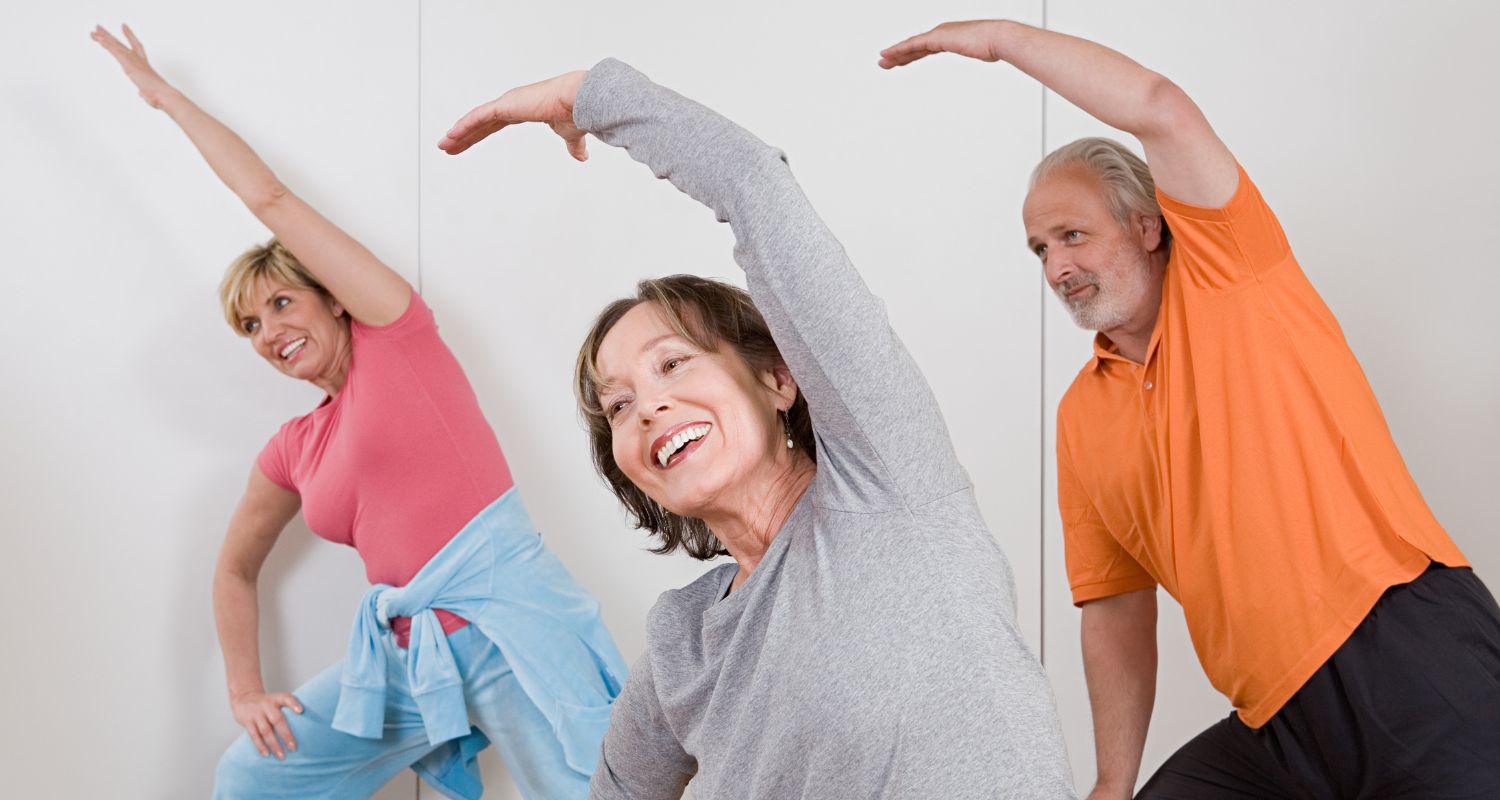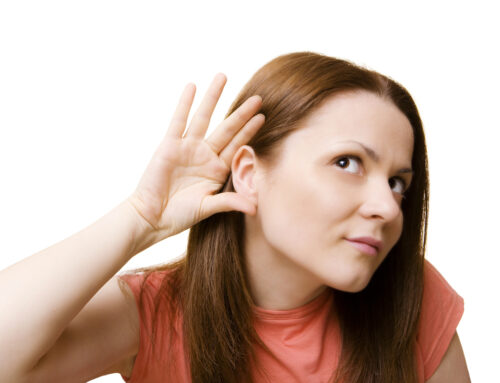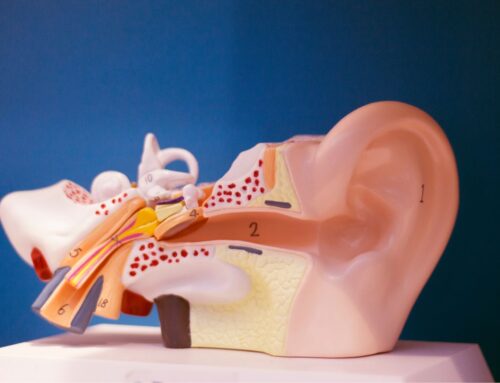How To Manage Balance Issues
Do you ever feel dizzy and have to sit down all of a sudden? Do you ever grab onto a handle or rail to help you maintain your balance? These are signs of balance issues that may indicate a balance disorder. The National Institute on Deafness and Other Communication Disorders estimates that 40% of people in the U.S. will experience dizziness or other balance-related challenges during their lifetime. Also, nearly 15% of adults have a diagnosed balance disorder.
If you experience balance issues, it is important to first be evaluated by a specialist who can assess your symptoms. In addition to their recommendations for treatment, there are numerous tips you can practice to help you manage and alleviate your symptoms. A few tips you can start integrating into everyday life include the following:
- Identify and Treat Balance Disorder: you will likely be referred to a specialist like an ENT (ear, nose, and throat) doctor who can perform a range of tests to identify the underlying cause of the symptoms you are experiencing. Different tests that can be used include hearing tests, vision exams, imaging tests of the brain, blood tests, balance tests, and tests that evaluate posture and movement. Testing often involves eliminating possible underlying conditions that often share symptoms of balance disorders. Based on your results, your specialist will recommend the best course of treatment which can include medications to treat any infections or alleviate symptoms, vestibular rehabilitation therapy (VRT), and canalith repositioning.
- Vestibular Rehabilitation Therapy (VRT): This specific type of therapy focuses on using exercises to alleviate symptoms of balance disorders. Gaze stabilization exercises are used to improve control of eye movements. This addresses a common symptom of balance disorders: blurred vision with head movements. VRT can also include balance exercises tailored to improve stability while performing everyday tasks. Another component of VRT is habituation exercises which are used to alleviate dizziness. This involves repeatedly performing movements that produce dizziness so that over time, the intensity of the dizziness reduces.
- Treat Hearing Loss: diagnosing balance disorders often includes testing your hearing health because balance issues can also cause hearing challenges. This involves taking a hearing test which involves a painless process that measures hearing capacities in both ears. The most common treatment for hearing loss is hearing aids which are designed to absorb, amplify, and process speech as well as sound. This provides the ears and brain with ample hearing support, maximizing one’s hearing capacity. Research shows that hearing aids can increase spatial awareness and safety which reduces the risk of experiencing falls.
- Exercise: consistent forms of exercise is a great way to improve balance and equilibrium. Simple ways to integrate more physical activity are taking a walk or finding a fitness class you enjoy like water aerobics or yoga. Another option is to engage in the hobbies or pastimes that you love like golfing, biking, swimming, etc.
- Use Assistive Devices: there are various options for assistive devices that are designed to support balance and stability. This includes walking aids like canes, handrails, grab bars, non-slip mats, etc.
- Make Dietary Adjustments: making changes to your diet can also be helpful. There are potential triggers that can worsen symptoms of balance disorders. This includes caffeine, alcohol, and salt. In addition to reducing your intake of these substances, you should increase your daily water intake.
- Change Lifestyle Factors: there are behaviors and other lifestyle factors that can amplify symptoms including smoking and stress. Reduce or eliminate smoking and find useful ways to manage stress. This can include breathing exercises, meditation, physical activity, etc. Also, be sure to wear comfortable and proper footwear that provides support.
- Remove Hazards: it is important to take the time to remove any hazards in your living space that can increase the risk of falls or worsen other symptoms. This includes loose rugs, electrical wires or cords in walkways, broken chairs or other unstable pieces of furniture, etc.
Practicing these strategies can reduce the impact balance issues can often have on health and wellness. Contact us to learn more about the services and resources that are available to you which support balance.







Leave A Comment